HART PROTOCOL
What is Hart protocol

HART is a bi-directional digital data communication protocol that provides data access between intelligent field instruments and host systems . It is layered on top of a traditional analog 4 – 20 milliamp signal which provides advanced data retrieval and configuration options to be executed remotely from a DCS or PLC system or from a hand-held communicator.
Host can be any software application from technician’s hand-held device or laptop to a plant’s process control, asset management, safety or other system using any control platform.

HART is simple, reliable, and easy to use Master ,Slave protocol . It’s mean that slave device only speaks when spoken to by a master .

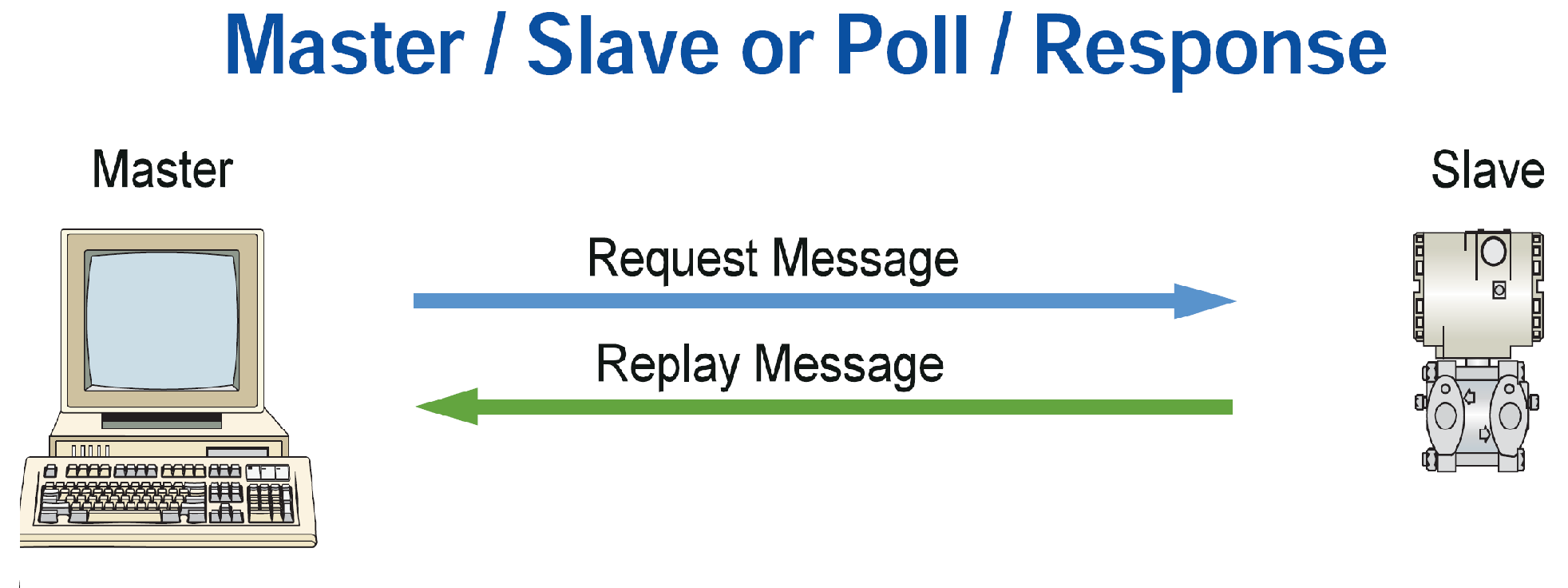

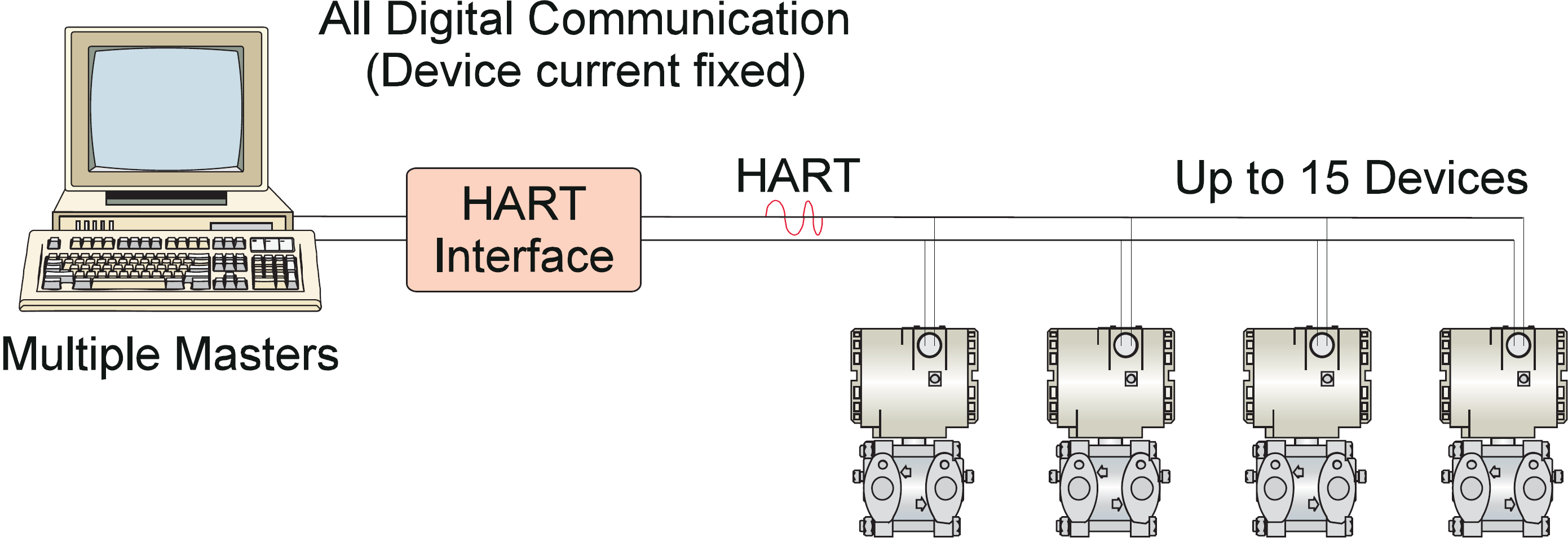
HART ( Highway Addressable Remote Transducer ) provides two simultaneous communication channels, one analog, the other digital .
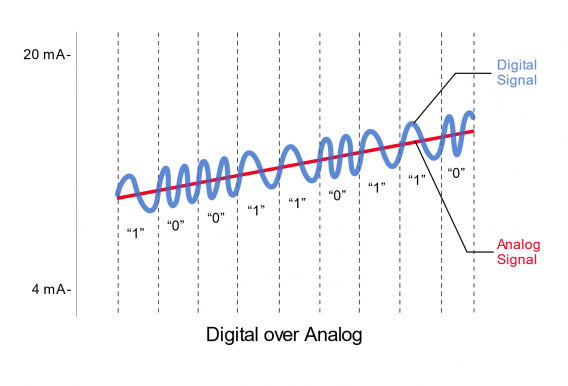
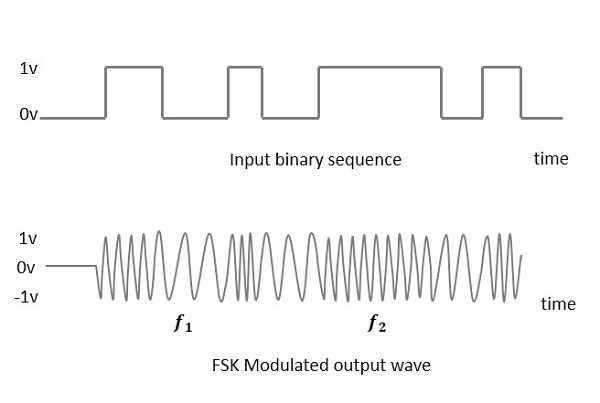
A 4-20mA signal communicates the primary measured value (PV) as an analog value of current using the wiring that provides power to the instrument.
The host system then converts the current value to a physical value according to parameters defined by HART Software. For example, 7 mA = 80 degrees F.
Digital device information is communicated by encoding a digital signal, generally using a technique known as Frequency Shift Keying(FSK) on the same 4-20mA wiring used for analog communications.
The digital signal contains information from the device including PV, device status, diagnostics, and additional measured or calculated values, etc.
Together, these two communication channels analog and digital provide a complete field communications solution that is easy to design, simple to use, low cost and extremely reliable.
History of Hart Protocol
The protocol was developed by Rosemount Inc., built off the Bell 202 early communications standard in the mid-1980s as a proprietary digital communication protocol for their smart field instruments.
Soon it evolved into HART and in 1986 it was made an open protocol. Since then, the capabilities of the protocol have been enhanced by successive revisions to the specification.
Features of the HART protocol
How HART Communication Protocol Works

HART is a master / slave protocol which means that the slave equipment only speaks when the master is talking. Both master (primary and secondary) can communicate with slave equipment on a HART network. Secondary masters, such as hand-held communicator, can be connected anywhere on the network and communicate with field equipment without interfering with communication with the master primary.
Primary master in the form of DCS, PLC, computer-based control center or monitoring system. A typical installation with two masters is shown in Figure:

The HART protocol can be used in a variety of modes to communicate information to and from an intelligent field instrument with a control center or monitoring equipment. Digital master / slave communication along with 4-20 mA analog signals is the most common mode, as shown in Figure below, allowing digital information from slave equipment to be updated twice per second on the master. The 4-20 mA analog signal is continuous and can still carry the main variable for control.

“Burst” is an optional communication mode that allows one slave device to continuously transmit a standard HART reply message. This mode frees the master from having to send repeated commands to get updated variable process information.

The same HART reply message (PV or other) is continuously emitted by the slave until the master instructs the slave to do the opposite. The rate of update of data 3 ÷ 4 times per second is typically the communication of the “burst” model and will change with the selected command. The “burst” model is only used on a single slave equipment network.
The HART protocol also has the ability to connect multiple field equipment with the same cable pair in a multidrop network configuration as shown in Figure below. In multidrop use, communication is limited to digital master / slave only. The current through each slave equipment is fixed at the minimum price to power the equipment (typically 4 mA) and has no meaning relative to the process.

From one installation perspective, the same cable used for conventional 4-20 mA analog instruments carries HART communication signals. Permitted cable lengths vary according to the type of cable and connected equipment, generally up to 3000m for single shielded twisted cable pairs, and 1500m cable for many twisted pair shielding together. The unprotected cable can be used for short distances. The essential security barriers and separators that pass the HART signal are available for use in hazardous areas.
Frequently Asked Questions
How many devices can be connected in HART protocol?
Currently the HART v07 protocol allows connecting up to 64 devices in multidrop mode.
What is the latest release of HART protocol?
HART 7 is more than just a wireless protocol, the HART 7 standard applies to the full range of measurement, control, and automation systems products based on the HART Communication Protocol – whether wired or wireless.
What is HART protocol layer?
The HART protocol follows the seven-layer OSI (Open Systems Interconnection) protocol, although it uses only three layers: application, data link, and physical. … The HART and the OSI protocol layers are shown in Table. Physical layer. HART uses an FSK physical layer that is based on the Bell 202 modem standard.
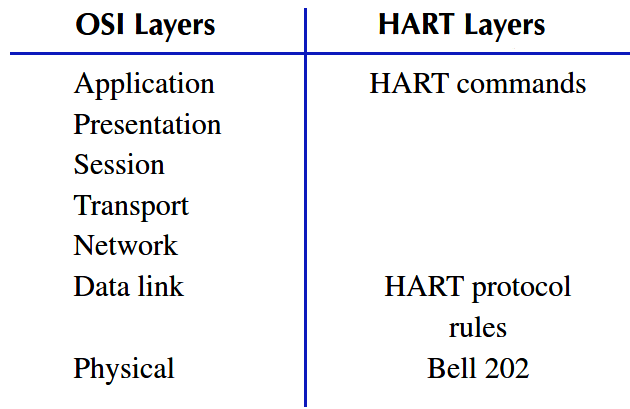
What is Frequency Shift Keying (FSK)
Frequency-shift keying (FSK) is a frequency modulation scheme in which digital information is transmitted through discrete frequency changes of a carrier signal. The simplest FSK is binary FSK (BFSK). BFSK uses a pair of discrete frequencies to transmit binary (0s and 1s) information.